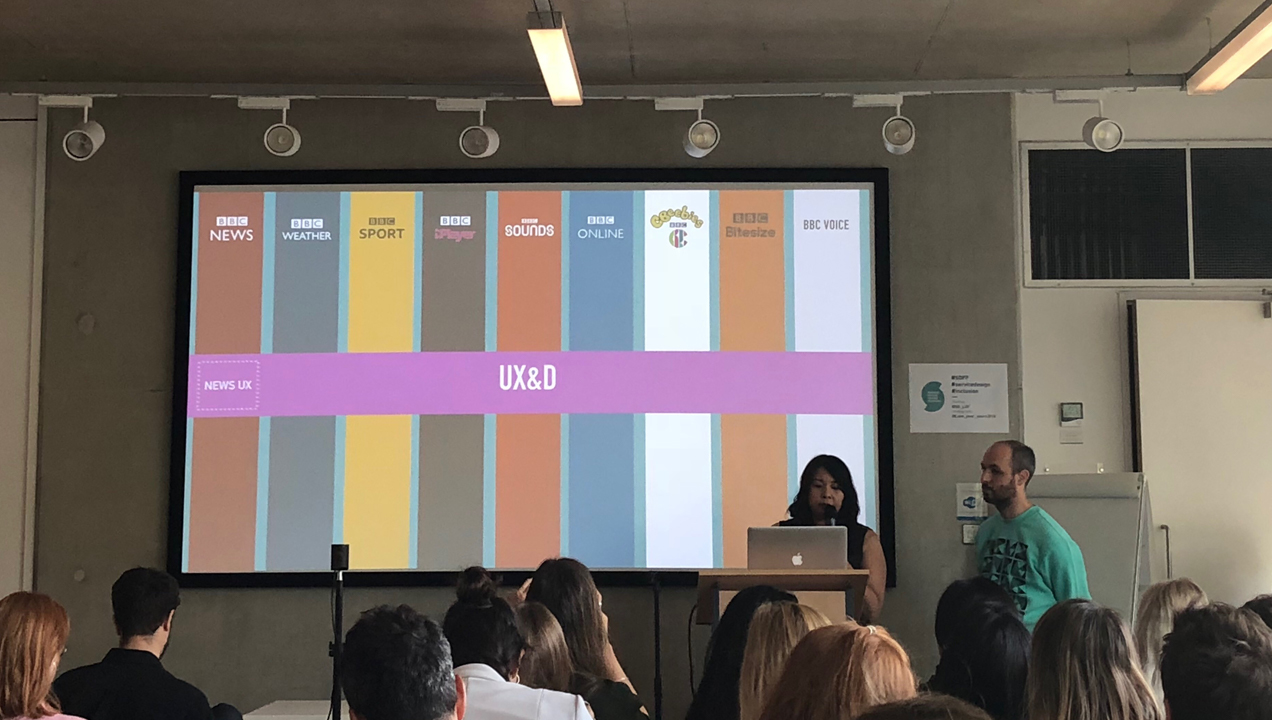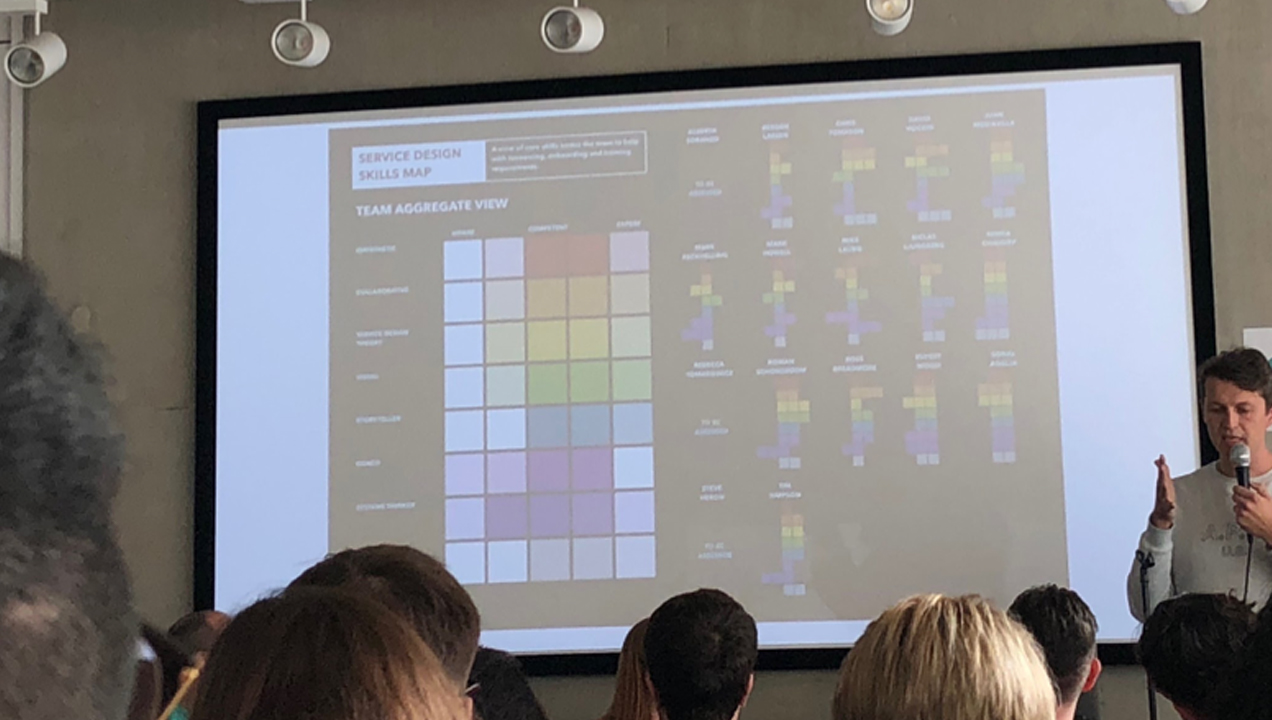Pushing the Boundaries at London’s Service Design Fringe Festival
Belinda and I were lucky enough to visit the Service Design Fringe Festival in London last week. Service design is pushing the boundaries of the design industry, creating new roles and contexts to be explored, and the vision of the festival is to nudge the world into noticing and advancing this discipline while also providing support for its practitioners with critical discourse on service design and attempts to address the unique employment challenges of belonging to a whole new industry.
We had the chance to attend a few events from the festival, I’m going to highlight a couple over the course of our visit. One of them with the BBC’s service design team and the other with their Lloyds Bank counterparts.
BBC Service Design- Building Bridges
The BBC team’s biggest challenge when they were first established was in getting to grips with the structure of their own organization. To establish service design within the BBC, they had to create a horizontal presence that branched out to touch all of the different siloes that had formed across the organization.
Their purpose became to enable communication between the different teams, to provide a common language that they could all speak, and so coordinate their efforts to provide a more cohesive vision for the services that they offered. Once those bridges had been built, it soon became apparent to everyone that they were already working on many projects with the exact same purpose, and by sharing their information they were able to advance in leaps and bounds.

Lloyds Bank- Recruitment and Recognition
Early in their journey, Lloyds recognized the value of integrating people with no background in design into their team to provide fresh perspectives. Many of these people were already doing service design work in their own roles without even realizing it – the terminology was unfamiliar, so they hadn’t labeled themselves in that way.
Recognizing the wide breadth of experience on offer they created a framework that they would use to identify and recruit key staff members; the Service Design Skill Map. Using this, they were able to approach new hires to shore up their weaknesses and to uplift those areas where they already felt they were showing successes.
They also addressed the need to broadcast your service design success stories, even when you feel that they are small victories. The success of service design is not always in quantifiable data, it can also be measured in terms of how many people have been converted to a service design mindset. Every success has the possibility of a changing a mind.

Our Key Learnings
What we took away from these talks and the many other educational opportunities at this event is that providing effective communication outlets are effective ways of providing good service design. It may not even be possible for the necessary changes to be made to an organization by an outside force. But what agencies can do is to offer a fresh perspective and new ideas to the people who can make those changes. Awareness and understanding have a value all of their own.
